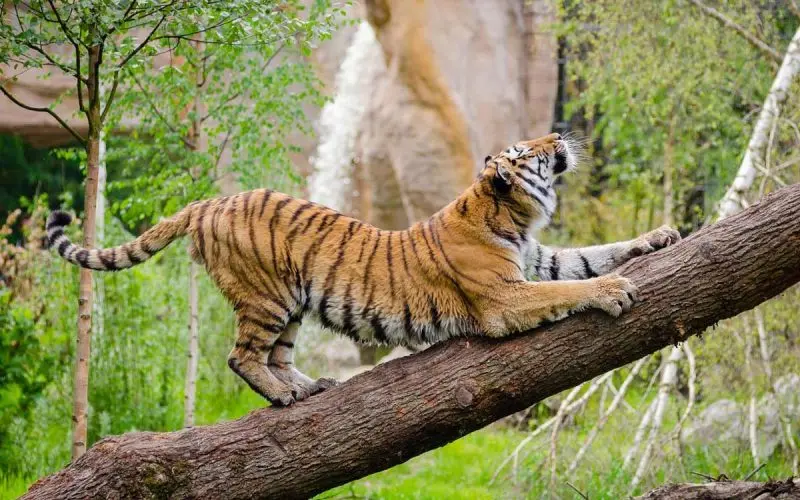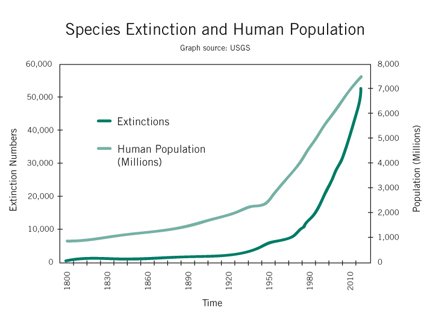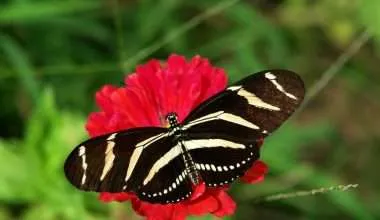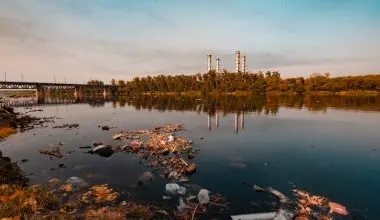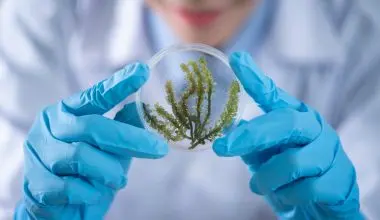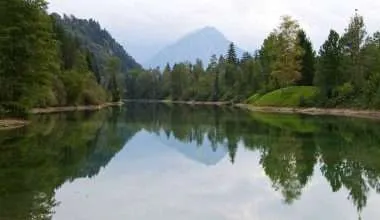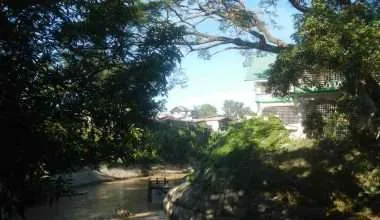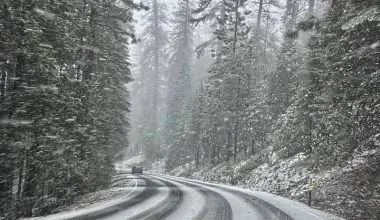Table of Contents Show
[Updated: 2-August-2020]
Wildlife and underwater species are in extreme danger.
Just imagine you wake up one day and discover that everything you have known has changed. All the elements that surround you are gone. The roads are all different, making navigation impossible.
This scenario would be extremely overwhelming and many people might not survive.
That is what the wildlife and underwater species experience every day as they lose their habitats.
“The crucial factor in the life and death of species is the amount of suitable habitat left to them.” — E.O. Wilson
Navigation
- Causes of Habitat Loss and Destruction
- Business
- invasive Species
- Urbanization – Population demands.
- Effects of Habitat Loss and Destruction
- Species Endangerment
- Loss of Shelter
- Loss of Natural Landscape
- Soil Quality Reduced
- Ecosystem Damage
- Increased Water Demand
What is a Habitat?
By definition, Habitat is an ecological area that is inhabited by particular animals, plants or other types of organisms.
For example; In a marine habitat, there are animals like sharks, octopus, or whales, seagrass meadows as plants and other organism like coral reef.
When we use the natural resources and exhaust them to the fullest, homes of many animals are lost during the process.
Habitat loss is called habitat destruction when humans destroy the natural shelters of the wildlife.
What are the different types of Habitat loss?
1. Mass Deforestation
There are many forms of habitat loss. One of them is removing trees and plants.
Mass deforestation is the prime example of habitat loss.
2. Habitat Degradation
Another type of habitat destruction is habitat degradation.
This is when deterioration occurs by pollution. It destroys the habitat by damaging air, water and land quality; making the habitat a breeding ground for toxins.
These negative environmental changes contribute to the downfall of many animals and plants, leading to endangerment and eventual species extinction.
A better way to explain habitat degradation goes like this.
Even though the habitat remains the same, the holistic quality of that habitat takes a hit. Imagine if you’re living in your home but there’s smoke all around you, your drinking water becomes brown or your bed starts breaking.
So even though your home stays the same, it becomes difficult to live in. You can choose to move out and find another place, but the native species in those forests have nowhere to go.
3. Habitat Fragmentation
Another type is how forests are altered (for landscaping) which make it difficult for animals to live or alters their way of living.
When we build roads and attractions in middle of woodlands and other natural areas and clear out trees that come in the way, that is an example of habitat fragmentation.
Environmental chaos occurs even when ecosystems are just altered.
Habitat Fragmentation can separate animals from each other and from their food sources. It happens on water as well as on land.
Fragmentation also takes away the advantage of migration for many animals that migrate in order to preserve their species.
Causes of natural Habitat loss and destruction
We have discussed what habitat loss is, habitat destruction and understood different types of habitat loss. Now it is important that we look upon how it happens and why are we still destroying our ecosystem.
1. Agriculture
Agriculture industry is the one which is blamed the most.
In ancient times, a small piece of land was used to grow crops for a family and to support local communities.
However, over the time period these families have turned it into a big business of farming. Farming leads to mass food production which can easily be sold for more and more profit.
‘For Greed All Nature is too little’
Lucius Annaeus Seneca.
Since people won’t turn away from profiting nature due to excessive greed, it would require utilizing more land which is only possible by clearing out forests.
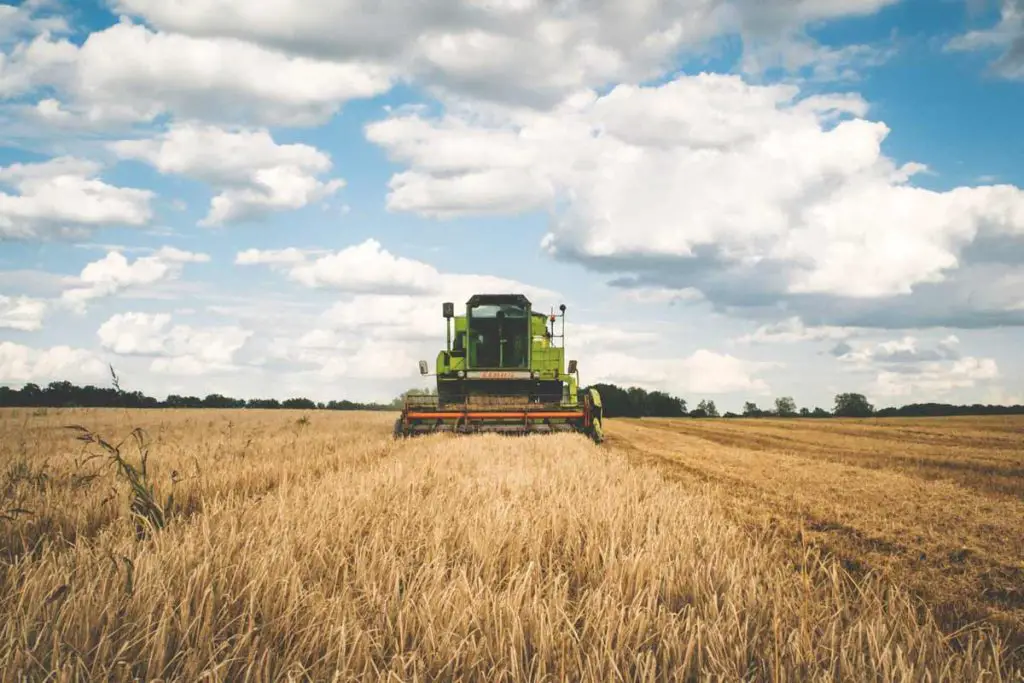
2. Business
Many habitats are destroyed by large corporations and businesses. These businesses want more and more land to expand and grow.
Many of these corporations and businesses stand where there used to be wild animals and natural habitats; sacrificed in the name of business.
A greatly known example is palm oil. Palm oil plantations are established in the tropics to fulfill it’s demand. Palm oil is used to make food products, beauty products, washing powders, as well as biofuels.
3. Invasive species
Introduction of invasive species into habitats is also a major reason for driving native species to extinction.
Invasive species are usually introduced by humans and they could have such strong effects as triggering a trophic cascade!
Trophic cascade occurs when a single species responsible for upkeep of the whole ecosystem somehow gets removed and the ecosystem comes tumbling down.
Triggering a trophic cascade usually happens when the native species are pillars of the ecosystem (also known as keystone species) and prey to the new invasive species.
Invasive alien species will now compete with the existing predator and eat more of those keystone species, both of which will result in imbalances.
If there are fewer species in the habitat, newly introduced species into the ecosystem will definitely drive those already endangered to extinction.
4. Increase in Population needs
As human population is increasing rapidly, so are their needs. Lands are cleared to build housing societies to live in and roads for them to commute.
Not just this but to fulfill the needs and wants of humans; trees are cut to make paper, furniture and many other wood-related products. Tropical forests are usually the victims cut down to fulfill such needs.
Humans have developed a taste for endangered species.
Some people have used the justification that one day those animals will go extinct as a motivation to eat them or have products made out of them before they disappear from Earth.
For this reason, people are prone to pay higher prices on black markets and poachers are more likely to look for them.
Humans are responsible for 40% of all species facing endangerment.
Effects of Habitat loss and destruction
Many homes destroyed are overlooked when rooms for people are made.
1. Species endangerment and extinction
We’ve lost more than 60% of species in the past 60 years!
What does that tell you?
We NEED to be concerned about animals. Period!
Today, 116,000 animals are in danger (threatened species) and 31,000 close to extinction, mainly due to habitat destruction.
Animals are not able to protect themselves and take care of their young ones despite being very intelligent.
2. Loss of shelters
Natural shelters, performing the role of wildlife habitat, are home to many wild animals. Animals store their food and water in these shelters to prepare for dry seasons.
Natural shelters protect them from bad weather and extreme conditions.
Many animals use natural shelters to hide from their predators. A mother gives birth to it’s babies inside a shelter to avoid being spotted by predators.
Young animal off springs need to be cared for in many ways in the wild. But when the natural shelters are torn down, they are helpless.
Tree shelters are used by countless bird species to give birth and to nurture their off-spring. An example of this is the woodpecker which bores holes into the trunk and makes shelters for itself.
3. Loss of Natural Landscape
The land is flattened to make homes and buildings and any other construction to take place.
Bulldozers are used for flattening of the land and trees. This process happens so quickly that animals don’t get the time to adapt to these drastic changes.
Endangered habitats suffer the most when it comes to reshaping of natural landscapes for human use.
P.S: Native plants also suffer quite a bit when it comes to urban development. Moving in human populations also worsen the situation by planting profitable plants rather than species native to the region.
4. Damage to soil quality
Many animals, like the grizzly bears, are responsible for maintaining soil health. When the habitat is destroyed and they have to move, the soil nourishment leaves with them.
Many plant species are unable to grow as the soil quality changes.
Nutrients are leached from the soil and space required by plants to grow becomes limited.
Plants can even go extinct in many areas as the land gets over-packed by human equipment because they have no way to force themselves out and grow.
5. Damage to Ecosystems
Ecosystems have a very important responsibility of providing a balance between the environment and different species.
Everything is interconnected. From the tip of the grass to the tallest tree. Every type of species has a purpose. Fulfillment of that purpose (like eating their prey) is what keeps the system going. These are also known as ecological interactions.
A good amount of ecological interactions between individual species ensures good biological diversity.
When we disrupt this balance many species are confused and lost. The ultimate result of this is death of those animal species. This is specially very damaging to the ecosystem if the species lost are Keystone species.
6. Increasing water demand
We are consuming more water today than ever before. Extracting it from tributaries and changing its flow to meet our needs.
The water demand for irrigation disrupts the surrounding water system in nearby lakes and rivers.
Many water bodies are left dry due to this imbalance which damages marine life in rivers, lakes and seas.
Best Solutions to Habitat loss and Destruction
As we just discussed about how dangerous is habitat loss and destruction. We will now look upon how we can fix this and control it to some extent.
1. Sustainable Development
A great way would be to start supporting organizations that strive for conservation of tropical rainforest habitats, because that is where most species diversity is found.
P.S: Most natural resources we use today are sourced from your closest forest! These are in the form of forest products.
We can also deal with habitat loss by saving and conserving natural resources.
Shifting quickly is difficult for us too,
So you can start with choosing Eco-friendly products or using natural resources in a way that does not require frequent habitat destruction (deforestation).
Laws and regulations should come in place which should differentiate and limit people to use natural resources in a sustainable manner.
This would promote biodiversity as some places would be left undisturbed. Other than that, laws will allow time to animals and plants to adapt properly in case changes are made.
2. Raise awareness about biodiversity
We’ve suffered biodiversity loss in huge proportions over the last century.
To help create a perspective about biodiversity, it should be taught at schools and colleges so that students know how we can preserve biodiversity and how everyone can contribute to it.
3. Habitat Restoration
Habitat conservation efforts are not only limited to reducing use of natural resources, but restoring of habitats should also be practiced for ones that have suffered degradation.
Habitat restoration is achieved through continuous management, protection efforts and rebuilding of those areas.
Sometimes you’ll find signs that say ‘marine protected area’, those areas are usually being restored by protection agencies. You should be more careful about the environment when visiting those areas.
The goal here is to return Biotic factors (species richness, biological interactions among species) and Abiotic factors (soil health, water levels, air quality index) to make them as they were before human interference.
Special consideration should be given to areas concentrated with high biodiversity. Such a place is known as a biodiversity hotspot.
4. Rebuild new habitats
It is easy to destroy natural habitats but are we willing to rebuild and replace what we have lost?
We should be.
Many areas can be re-developed where wildlife can be preserved by giving them a space to grow and adapt.
Some conservationists argue wetland habitats should be favored in rebuilding habitats since they have been found to host as many as 20,000 species.
Many places like EnvironmentBuddy now have an objective to create an environment for the wildlife and plants and are working tirelessly to make sure of it.
